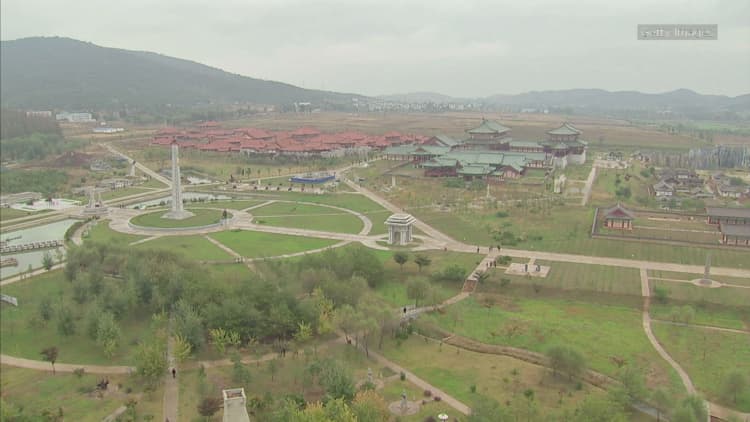
North Koreans are likely to face serious food shortages despite recent relief from an intense dry spell, officials from the UN Food and Agricultural Organization told CNBC.
Rainfall this year was "considerably lower" than a corresponding period in 2001, when cereal production in the communist dictatorship plunged to record lows, the UN said in a July report. An estimated 20 percent of herd animals have also reportedly been severely affected this year in the worst-hit regions.
The worst dry conditions, which ran from April to June, could threaten this year's overall agricultural yield and exacerbate food shortages in the country. According to the report, cereals, potato and soybeans comprise the main source of nutrition for North Korea's population — many of whom are already underfed.
They are facing a very bad harvest. And with the latest sanctions, [Kim] won't be able to pay in credit for his oil imports anymore.Mark Matthewshead of research for Asia, Julius Baer
Even before taking the drought into account, the UN estimates that the average North Korean consumes approximately 1,640 calories of food each day. That compares with the 2,000 calories recommended for Americans by the U.S. Department of Health.
Rainfall has improved over large parts of the country since August, but the shift in precipitation will be insufficient to reverse the adverse effects of the drought, said Mario Zappacosta, senior economist at the UN.

By the time rain fell, "the optimal planting period was over … and the early planted crops were already affected by the drought," he said. The months of April to June are critical for crop development, according to the UN report.
North Korea's overall yields for the 2017 "main season" crops — those harvested around September and October — are expected to fall compared with 2016, Zappacosta added. It's not yet possible to determine how much, however.
2017 vs 2001
Still, crop output is unlikely to fall to the unprecedentedly low levels in 2000 to 2001, according to Cristina Coslet, country monitor at the UN Food and Agricultural Organization.
Coupled with the latest round of UN sanctions, which aim to pressure North Korean leader Kim Jong Un into giving up his nuclear weapons, unfavorable weather conditions are likely to severely hurt Pyongyang's economy.
"They are facing a very bad harvest. And with the latest sanctions, [Kim] won't be able to pay in credit for his oil imports anymore," said Mark Matthews, head of research for Asia at Switzerland-based private bank Julius Baer.
Kim would do well to pause his weapons testing in exchange for aid from China or the United States, Matthews added.
North Korea is currently harvesting its main-season crops, scheduled to be completed by mid-October. The UN agency will await until then to determine its final production estimates for the country, which will not be ready before end October, Coslet said.
The regime still cannot feed its own people without external food aid, who rely on black markets to buy rice, produce, beer and even school supplies.
Chinese food exports to North Korea have soared over the past year, despite increasing sanctions imposed by the UN, hinting at Pyongyang's increasing reliance on Beijing.
WATCH: N. Korea reportedly launches missile that flies over Japan


